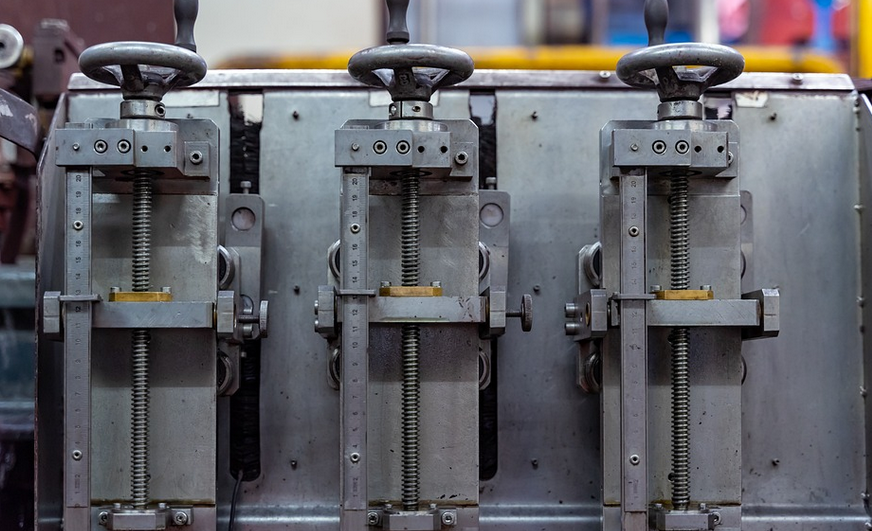A Deeper Dive into the World of Stainless Steel Solder
Stainless steel presents a unique set of challenges for solderers. Its inherent alloy composition means it’s less reactive than most metals, making traditional soldering processes a bit more complex. However, don’t despair! There’s a solution out there – our trusty friend, stainless steel flux.
For those unfamiliar with the term, flux is a chemical compound that significantly reduces the surface tension at the solder joint. This reduced surface tension allows for easier flow of molten solder and helps in achieving a clean and durable joint. However, when working with stainless steel, you need a special type of flux designed specifically to interact effectively with the steel’s unique properties.
So, You Need Stainless Steel Flux, Right?
Before diving into the specifics of this specialized flux, let’s address the elephant in the room: Do you actually *need* stainless steel flux for your projects? The answer, like most things in soldering, is a bit nuanced.
For basic applications with low-temperature joints and minimal surface tension requirements, using standard solder fluxes might suffice. However, when tackling higher-temperature projects, especially those involving intricate welding or delicate stainless steel components, the benefits of specialized stainless steel flux become evident.
The Advantages of Using Dedicated Stainless Steel Flux
Let’s explore why this seemingly simple addition can make a world of difference: Stainless steel flux offers several advantages that set it apart from regular fluxes.
- Increased Corrosion Resistance: It forms a protective barrier on the stainless steel surface, preventing oxidation and corrosion, ensuring long-lasting joints.
- Superior Soldering Performance: It effectively cleans oxide layers (a common problem with stainless steel) and reduces solder resistance. This results in smoother, more consistent soldering, minimizing heat stress on the metal.
- Increased Solderability: It helps achieve a strong bond between the flux and the stainless steel, leading to a stronger and more reliable joint.
The Key Ingredients in Stainless Steel Flux
To understand how this specialized flux works its magic, let’s delve into the key ingredients that give it its edge:
* **Rosinoids:** These are organic polymers that help create a smooth and consistent flow of solder. They also act as an excellent cleaning agent for oxide layers on the stainless steel surface, making the soldering process much more efficient.
* **Organic Acids:** This class of chemicals is responsible for dissolving oxides and other impurities present on the steel’s surface. They help promote better flow and reduce any potential pinholes that might occur during soldering.
* **Phosphates & Borates:** These elements, when added to the flux, form a protective layer on the stainless steel surface, preventing corrosion and ensuring a longer-lasting joint.
Choosing the Right Flux: A Quick Guide
Navigating the world of fluxes can be overwhelming. But fear not! Finding the right one for your needs doesn’t have to be daunting. Here’s a quick guide to make the process easier:
* **Consider the application:** If you’re working on high-temperature, intricate projects with complex welds, opt for flux specifically designed for those applications. * **Check the solder type:** Some fluxes work better with certain types of solder (e.g., silver-bearing solders) . Make sure your chosen flux is compatible with the specific solder you’re using.
**A Quick Note on Safety: ** Always use flux in a well-ventilated area and follow all safety precautions when handling any chemicals.




















